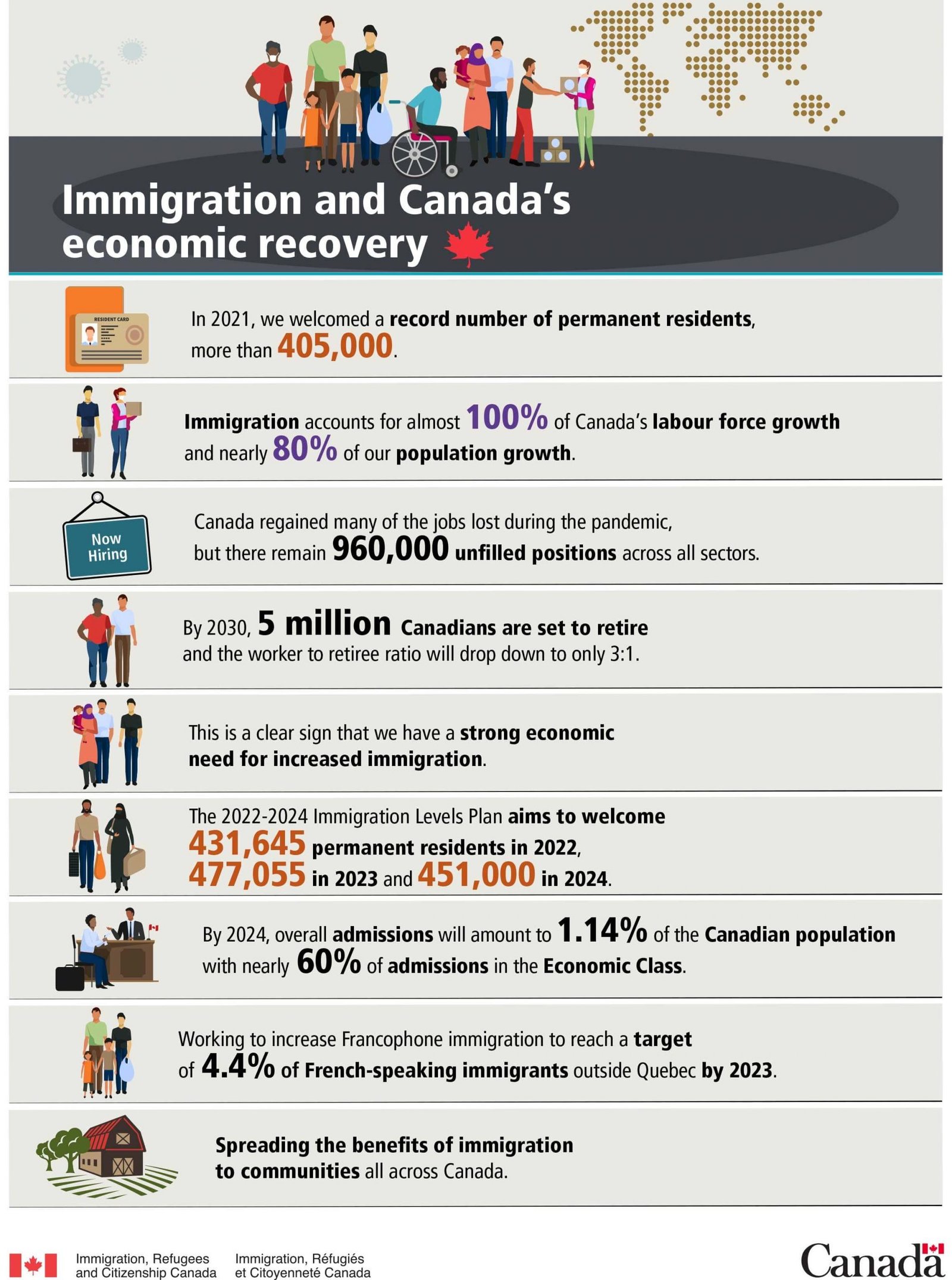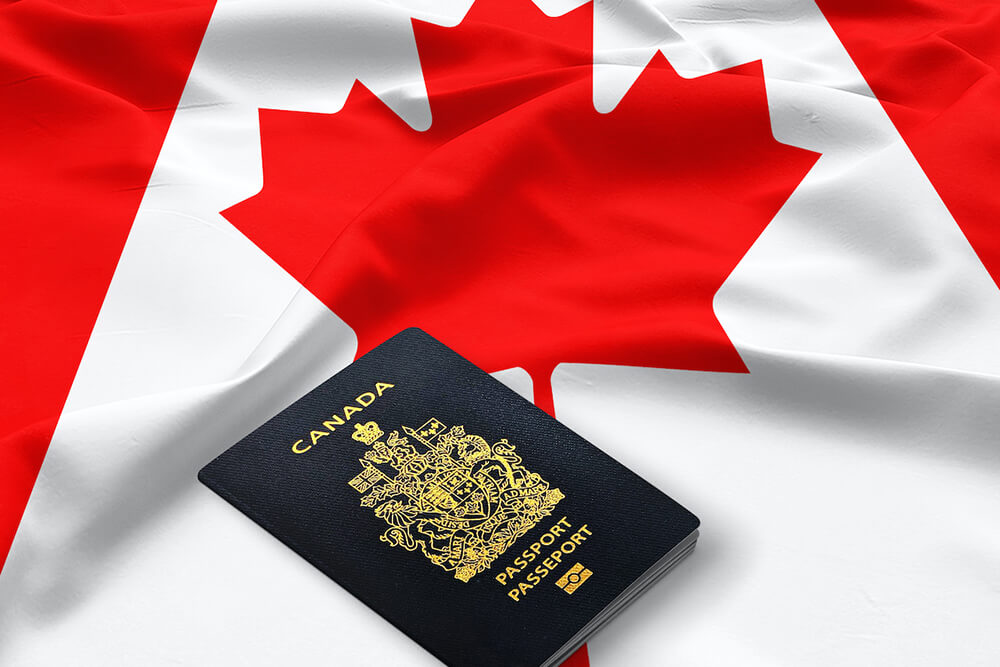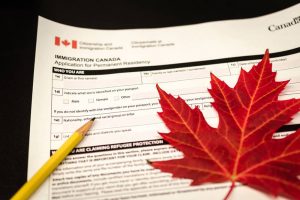Today, the Honourable Sean Fraser, Minister of Immigration, Refugees and Citizenship, tabled the 2022‒2024 Immigration Levels Plan, which charts an ambitious but responsible path for immigration that will help the Canadian economy recover and will fuel post-pandemic growth, all while strengthening communities and industries across the country that rely on immigration.
To ensure Canada has the workers it needs to fill critical labour market gaps and support a strong economy into the future, the 2022–2024 Immigration Levels Plan aims to continue welcoming immigrants at a rate of about 1% of Canada’s population, including 431,645 permanent residents in 2022, 447,055 in 2023, and 451,000 in 2024. This plan builds on the previous levels plan, with an increased focus on supporting our economic resurgence and post-pandemic growth.
To support these increased levels, the Government of Canada recently announced a plan to modernize Canada’s immigration system to fuel economic recovery and improve client experience, which will help address key challenges faced by our clients, such as reducing inventories and creating the predictable processing times that our clients expect and deserve.
Highlights of the plan include:
- overall admissions amounting to 1.14% of the Canadian population by 2024.
- a long-term focus on economic growth, with nearly 60% of admissions in the Economic Class.
- help for vulnerable populations, like the special measures for granting permanent residence to refugee claimants working in health care during the pandemic.
- support for global crises by providing a safe haven through humanitarian immigration to those facing persecution.
- talent retention of those already in Canada by granting permanent status to temporary residents accepted through the time limited pathways for essential workers launched in spring 2021.
This plan also recognizes the importance of family reunification and helps maintain the 12 month processing standard for spouses and children.
Canada remains firm in its global humanitarian commitments, including the plan to resettle at least 40,000 Afghan nationals over the next 2 years. To date, more than 7,550 Afghan refugees now call Canada home as a result of these efforts. By working with partners in the region, we are using all avenues available to secure safe passage for those in Afghanistan.
The 2022–2024 Immigration Levels Plan will help cement Canada’s place among the world’s top destinations for talent, creating a strong foundation for post-pandemic economic growth while reuniting family members with their loved ones and fulfilling Canada’s humanitarian commitments.





